Sixty-five years ago, in the wake of the most catastrophic war the world had yet seen, the United Nations officially came into being on October 24, 1945. Since that time, the organization has been hailed as an instrument of world peace, a forum for the oppressed, a champion of the Third World, and a police force for the planet. Conversely, it has been maligned as an ineffective body that is more theory than substance—powerless, for example, to prevent aggression, genocide, and the exploitation of the weak.
Regardless, the United Nations has shaped the postwar world for more than half a century and has often taken center stage during many of the greatest dramas of recent years. Among these have been the statement of the U.S. case for war against Iraq, the 1950 intervention on behalf of South Korea following the invasion by its communist neighbor to the north, and the 1962 Cuban Missile Crisis during which Ambassador Adlai Stevenson choreographed one of the most memorable moments in modern foreign relations history.
When Stevenson addressed the U.N. General Assembly and asked Soviet representative Valerian Zorin point blank whether the Soviet Union was deploying nuclear missiles to Cuba, Zorin hedged and implied that it was not so. Stevenson pressed, saying, “Don’t wait for the translation, answer ‘yes’ or ‘no!’” As Zorin hesitated, Stevenson then intoned, “I am prepared to wait for my answer until Hell freezes over.” Stevenson then produced the hard evidence—photos of Soviet missiles on the island of Cuba.
Certainly, other moments have been memorable as well. The U.N. sanctioned military intervention in Korea during a period when the Soviet Union was boycotting the Security Council, rendering its veto power useless. More recently, the certainty that Iraq possessed “weapons of mass destruction” evaporated when U.S. forces were unable to locate appreciable stocks of these weapons.
Under the United Nations flag, numerous countries have dispatched forces to hot spots around the globe, including Korea, Southeast Asia, the Middle East, Africa, and the Balkans. Whether these efforts have been successful or placed troops in harm’s way unnecessarily is open to continuing debate. During the Cold War era, the United Nations also applied economic sanctions with varying degrees of success. Some of the organization’s harshest criticism has stemmed from an apparent inability or unwillingness to enforce such measures. Further, various efforts to compel the United States to withdraw from the organization have met with some support through the years.
Beyond its “military” and dispute resolution aspects, the United Nations has become something of a collective conscience for nations, addressing issues such as human rights, poverty, disease, nuclear energy, and finance. No fewer than 17 various agencies operate under the auspices of the U.N., including the World Bank, World Health Organization, Food and Agriculture Organization, International Monetary Fund, the International Atomic Energy Agency, and possibly the best known, the United Nations Childrens Fund, or UNICEF.
From its initial membership of five permanent Security Council members, the United States, the Republic of China, the Soviet Union, the United Kingdom, and France, along with 46 other countries, the United Nations today consists of 192 member nations. Its influence, whether positive, negative, or neutral, is undeniable.
For all of the organization’s effort, we may do well today to remember that the United Nations was primarily envisioned as a preserver of peace and recall the words engraved on a sculpture in the garden of the U.N. building in New York. Paraphrasing a passage from the Book of Isaiah, it reads, “Let us beat swords into plowshares” and was a gift from the Soviet Union in 1959.
Perhaps this most enduring purpose of the United Nations includes a reminder of the bitter global war from whose ashes it was raised.
Michael E. Haskew
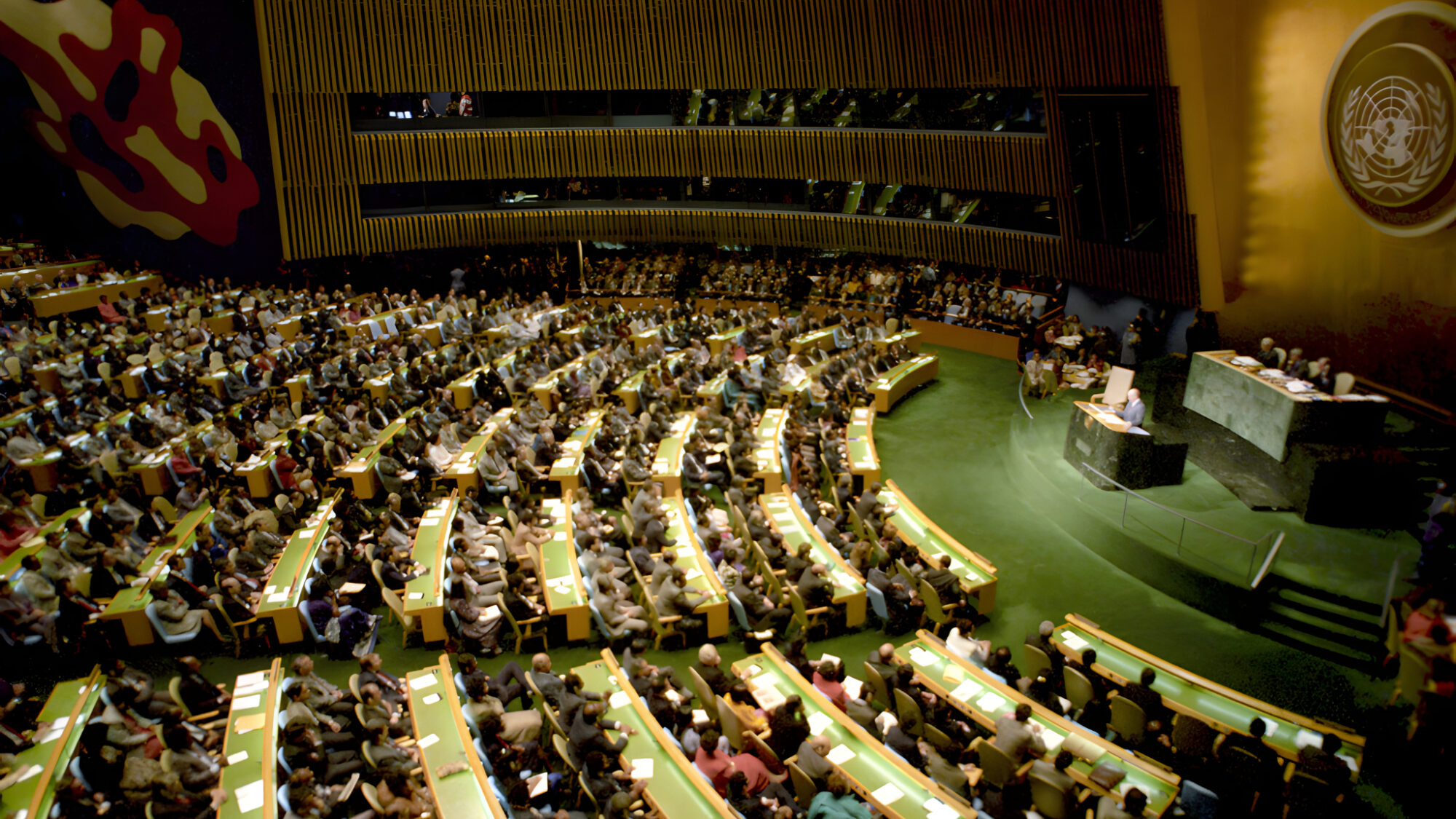
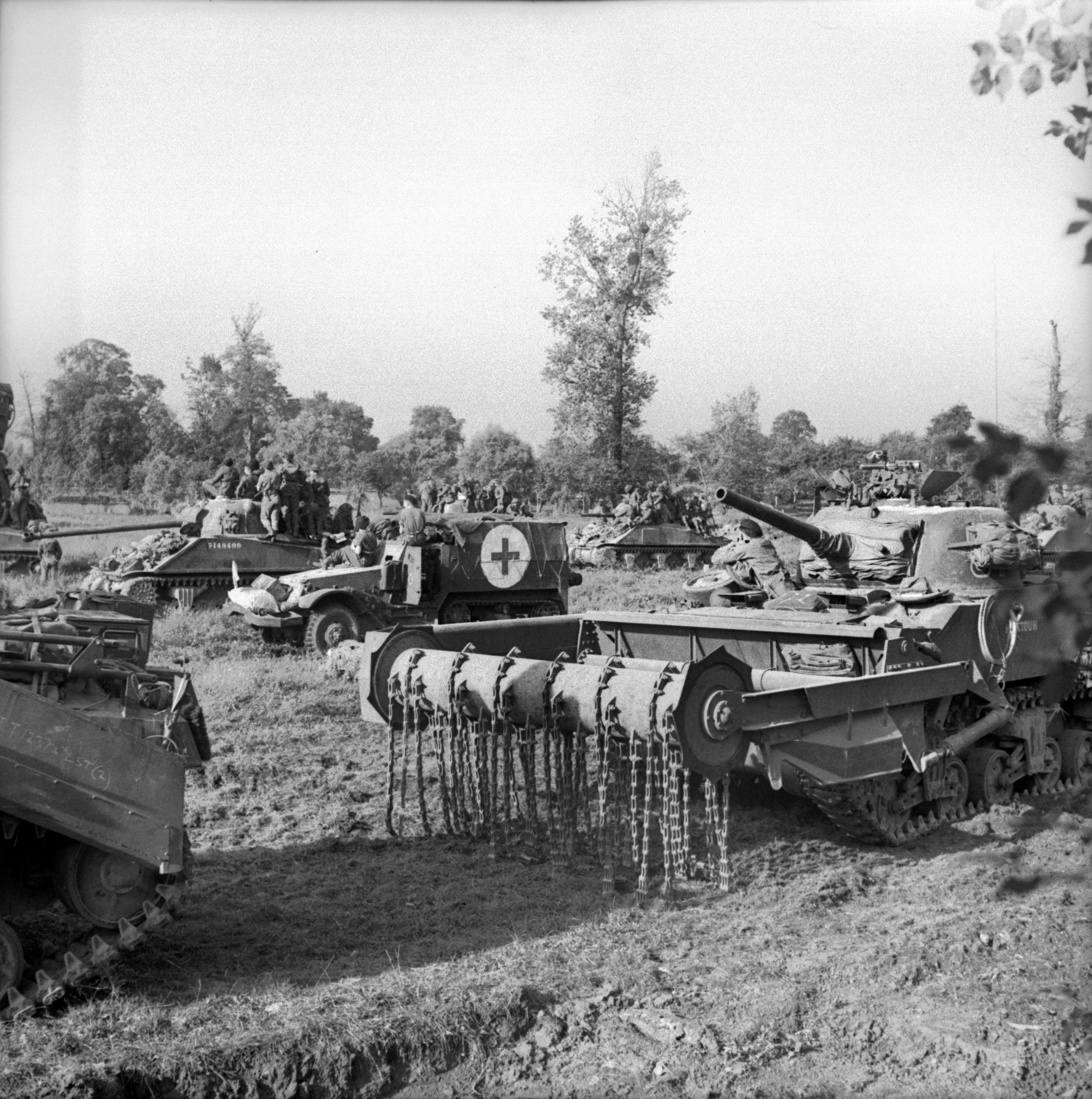
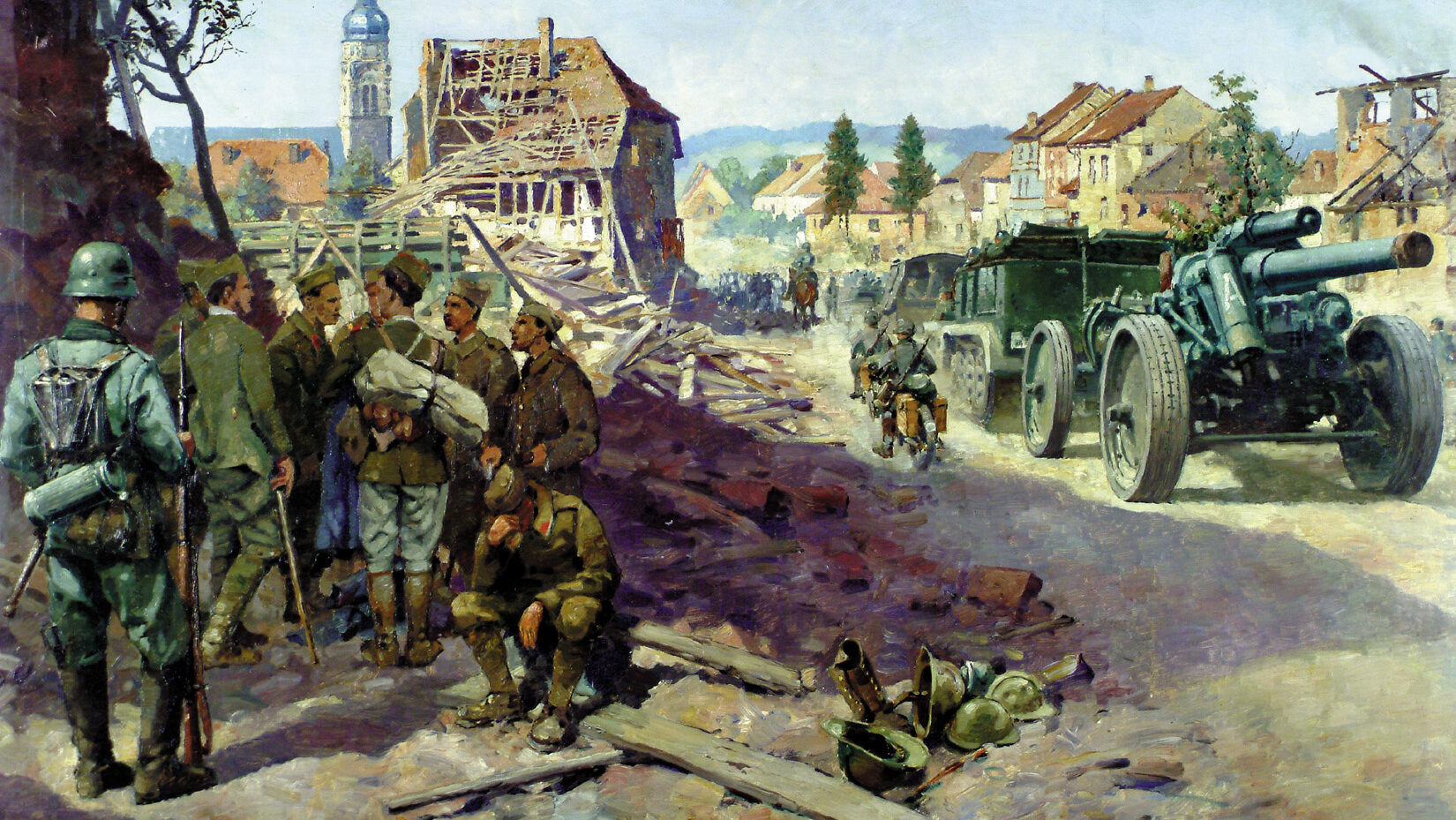

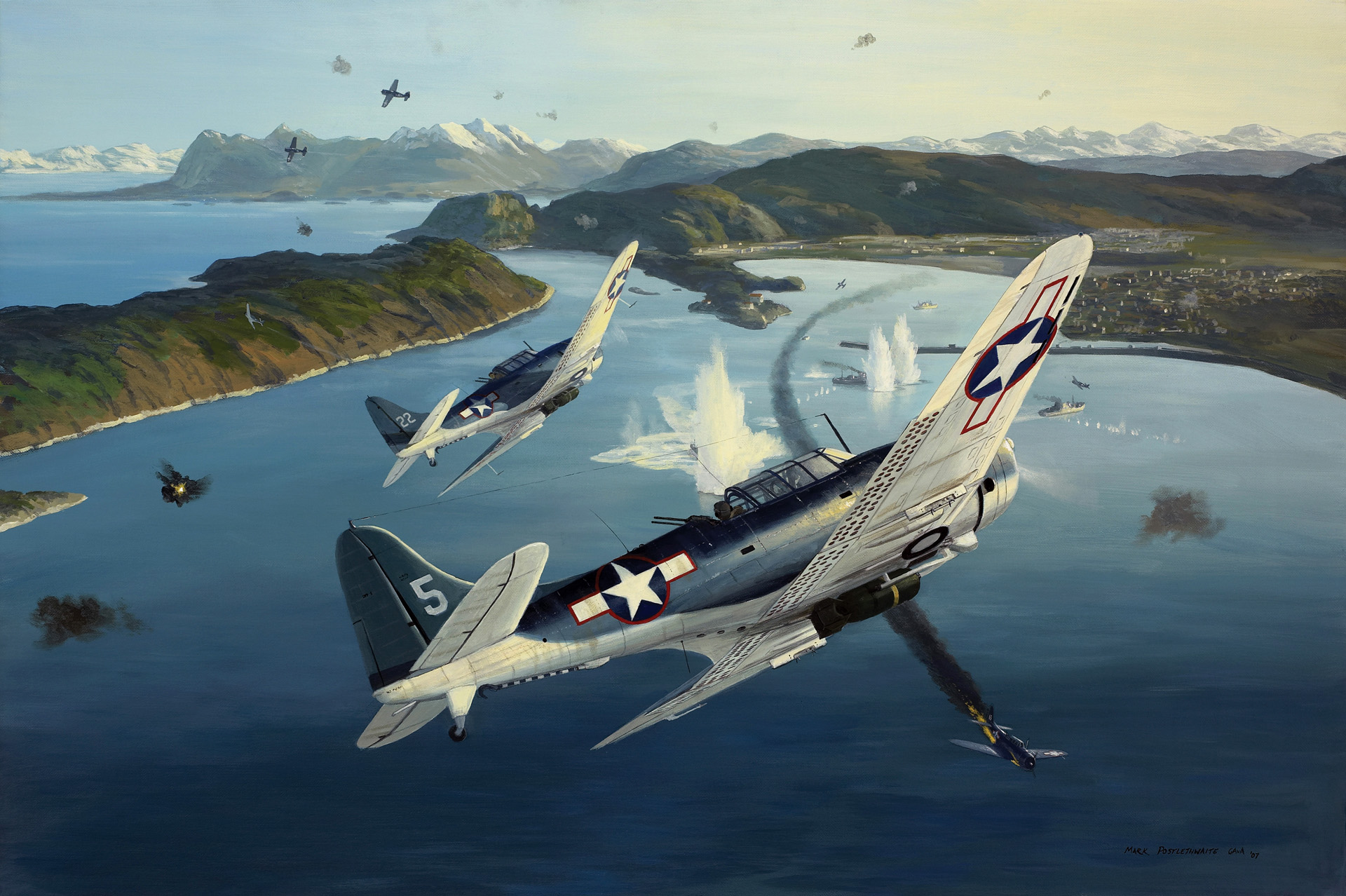
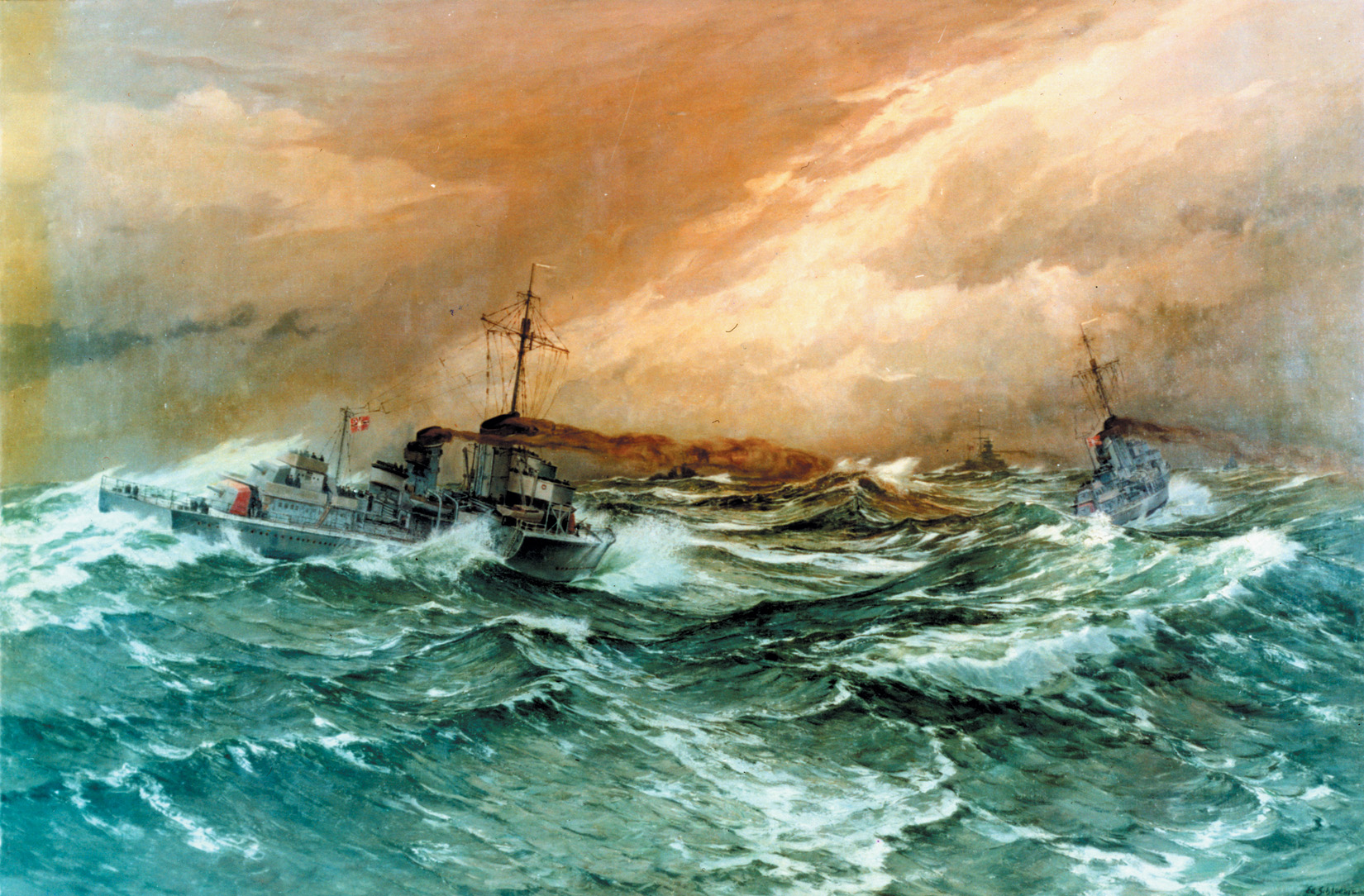
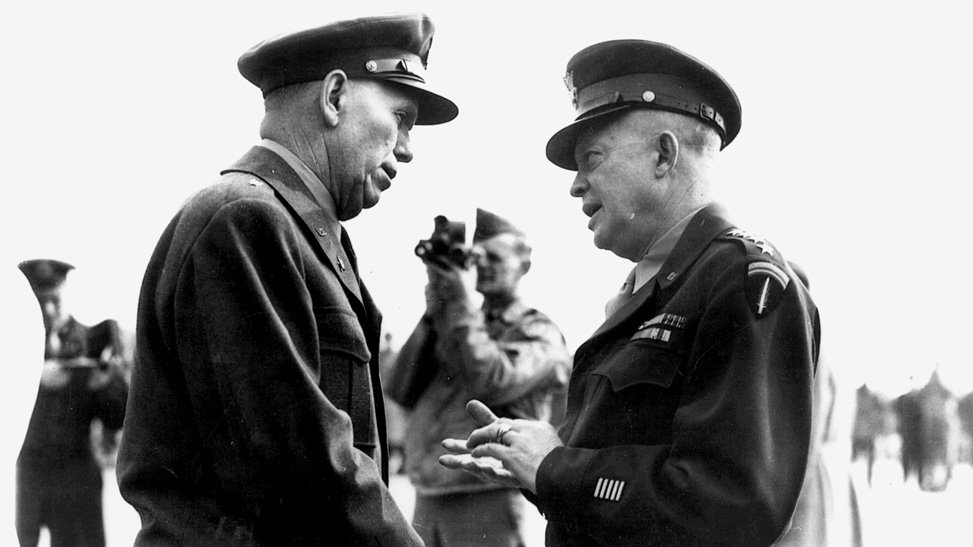
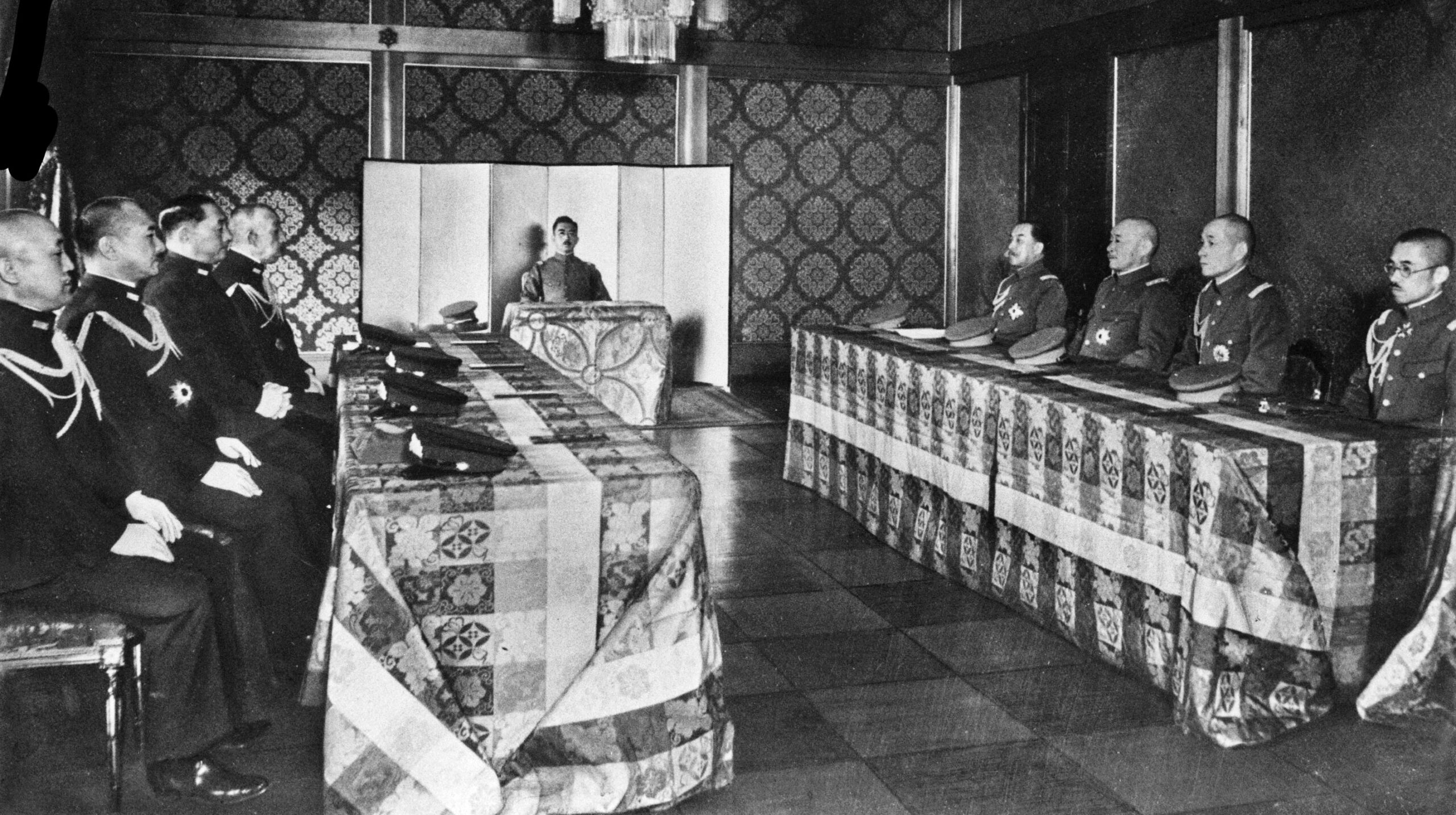
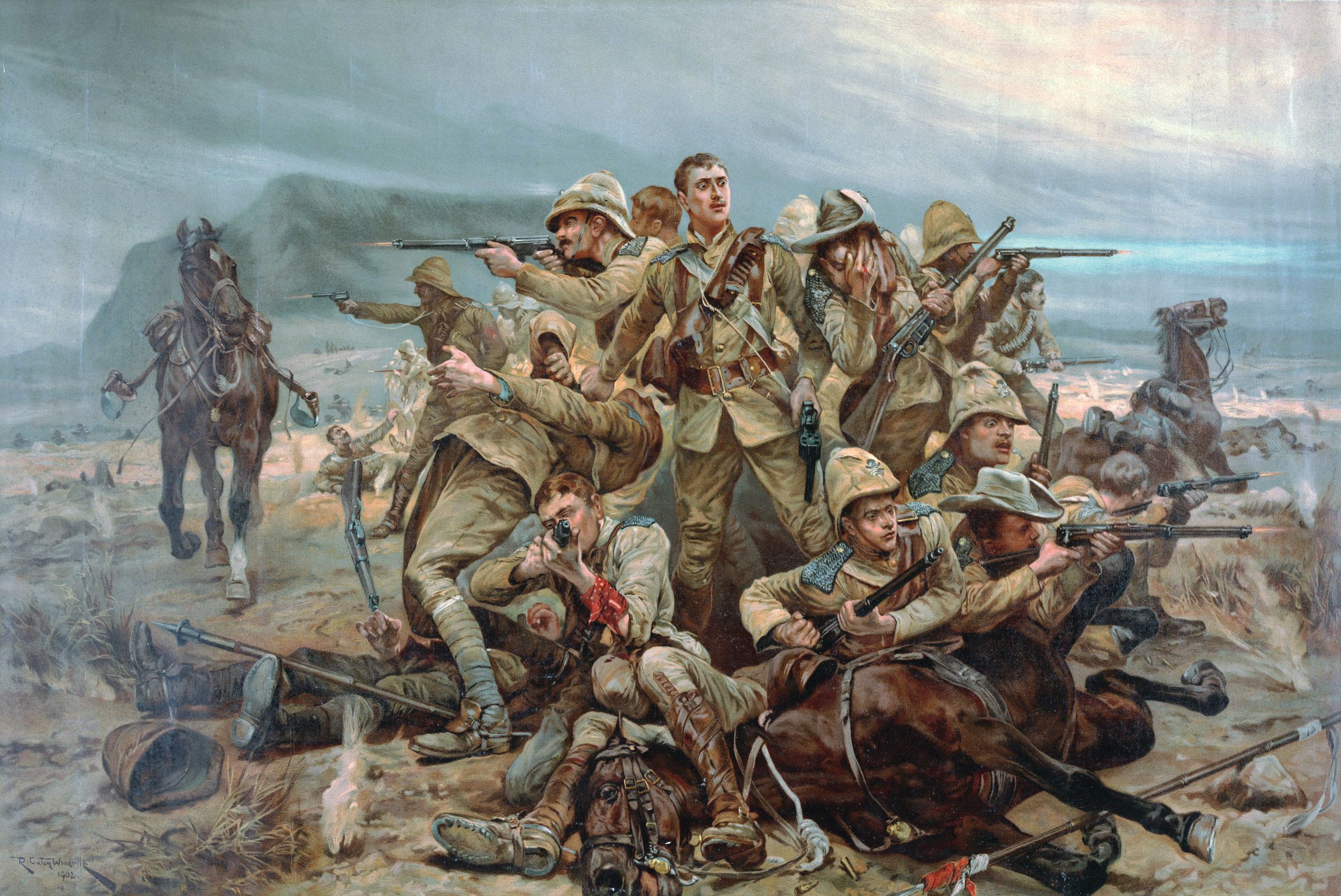
Join The Conversation
Comments
View All Comments